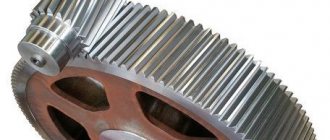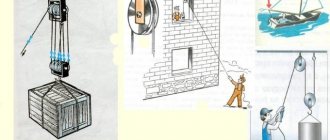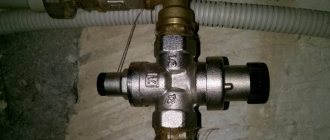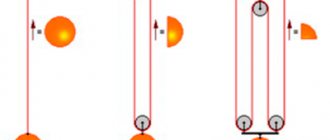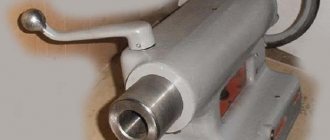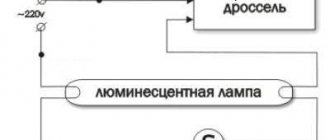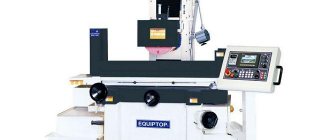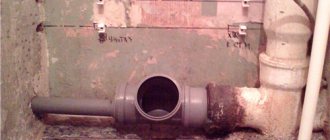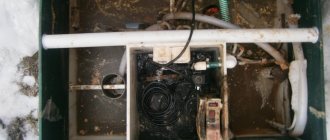When heating the workpieces before processing, the forge must provide a temperature of 1100-1300 degrees, at which the steel becomes plastic. In order for the combustion process to reach such indicators, additional air pumping into the hearth has been used since ancient times. For this purpose, blacksmith bellows were used in the form of a wooden frame covered with leather. Moreover, in order for oxygen to be pumped constantly, two devices were installed, swinging alternately.
What designs of this device exist today, their differences and what is needed to assemble such a device - more on this later in the article.
Blacksmith bellows concept
With minor differences, the design of the bellows remained the same. The frame had an elongated heart-shaped configuration, its slats were covered with leather, gathered in folds. This was done to be able to easily stretch and compress the device. In the narrowest part in front, a nozzle was made with a tube that was inserted into the furnace. Air was taken in through valves made in the frame of the device.
This simple design was used in workshops for many centuries and could still be found in artisanal peasant workshops at the beginning of the 20th century.
The installation of the installation could differ depending on the type of forge, however, the bellows must be installed so that the master could simultaneously pump it and control the combustion process in the hearth.
The installation and drive of the blower occurred as follows. The bellows nozzle (pipe) was inserted into the forge socket. The entire device was rigidly fixed on wooden racks using the rods on them. In this case, the blower itself was at the same level as the nest in the crucible.
Air pumping was carried out by swinging a rocker arm connected to the device cover with a rope.
Such a simple scheme practically did not undergo any changes until the advent of mechanization and machines.
Design Features
The devices had the following parts:
- Head.
- Lids.
- Valves.
- Nozzle.
Head. This front part of the device was made of thick wooden blocks, through which a hole was drilled into which a nozzle was mounted to allow air to escape.
Lids. Attached to the head. The bottom cover could be fixed rigidly, and the middle and top were movable. They were all connected and tightly covered with leather (usually from oxen). The upholstery (accordion) was assembled from separate pieces, connecting to each board. Fastening was done with nails lined with straps to prevent the accordion from being torn by the fastener heads. The upholstery of the fur, depending on its size, required one to three whole ox skins.
Valves. The valves were made in the form of holes in the lower and middle lids, covered from the inside with flaps of leather. When the accordion was pulled out, air entered the bellows, lifting each valve. Moreover, to limit the lifting, there were straps fastening the end of the skin and the board.
Nozzle. It was made from a pipe that was inserted into the hole in the head of the blacksmith's bellows. The nozzle entered the furnace tuyere, and the front part of the device itself was securely attached to the furnace wall.
Either assistants or the blacksmith himself worked with the device. When it was necessary to increase the intensity of air pumping, an additional sinker was placed on the top cover.
The parameters distinguished between meter, one and a half and two meter devices. Their dimensions were determined by the size of the furnace into which oxygen was pumped.
The device was reliable and fully functional. But there were also significant shortcomings. Firstly, the bellows was a rather bulky device, and secondly, constant exposure to high temperatures led to rapid wear.
With technological progress, these devices were replaced by mechanized fans powered by hands or feet. Over time, they were replaced by more advanced automated devices.
Modern equipment is equipped with compressors, powerful turbines or electrically driven supply fans.
DIY furs for the fireplace
The author decided to make bellows for the fireplace from leather and wood. It is simple and stylish, with such a device you will not be left without the attention of guests. Using this device is also quite simple and convenient, and it is quite durable. Harvesting the furs is simple, you will need a simple tool for cutting wood, as well as scissors and knives to cut the leather. Let's take a closer look at how to make bellows for the fireplace with your own hands!
Materials and tools used by the author:
List of materials:
- wood board or plywood; - leather; - a piece of tube; - carnations with decorative caps; — oil for impregnating wood; - epoxy adhesive.
List of tools:
- jigsaw; - drill; - pencil; - files, sandpaper, etc.; - hammer; - stationery knife; - clamps.
Step one. Making a template
First of all, let's make a homemade template. Decide on the fur size and shape. What the profile should be like, look at the photo. We draw the profile with a pencil on paper, and then cut it out with scissors. The author does not remember the size of the device; he made it so that it would be convenient to fan the flames in the fireplace without leaning too close to it.
Step four. Cutting...
You need to cut off the nose part from one of the parts, like the author in the photo. And then this one is glued to the other one using epoxy or other glue. The other half will be attached to it movably using leather.
In addition, you will need to drill a hole in one of the sides. It will be needed to supply air inside the blower; a valve is installed above the hole.
Furs can be tested! The author has a very high-quality homemade product and now he will not have problems with blowing up firewood or coals that do not want to burn. This process has become simple and safe.
At this point the project can be considered completed and it has been completed successfully. I hope the instructions were useful to you and you found something new for yourself. Good luck and inspiration in making. Don't forget to share your DIYs with us!
Source
Differences and types of furs
Over its centuries-old history, a huge number of types of this device have been invented. Their classification mainly depends on their design, operating principle and application.
- Depending on the device, single-chamber and two-chamber bellows were distinguished.
- Depending on what kind of drive was used, they distinguished between manual devices and mechanized ones, which were driven by the power of water (from the revolutions of the water wheel).
- There were also blacksmith or metallurgical bellows. The latter version used the so-called box design, the invention of which belongs to Leonardo da Vinci.
Water bellows in metallurgy
A particularly important invention for the development of mechanization of blacksmithing was the creation of a water wheel, which, turning around due to the water falling on it, powered various devices.
For example, water blacksmith bellows began to be used in Ancient China approximately in the 1st-2nd century AD. Later they began to be used in metallurgy for steel smelting. According to one version, this system was brought to Europe by Marco Polo, who learned many technologies from the Celestial Empire unknown to Europeans.
Construction of water bellows
Although mentions of the water wheel were recalled by the ancient Greeks and Romans, most likely, like many discoveries of antiquity, they were lost at the dawn of the Middle Ages. Be that as it may, water bellows made it possible to significantly simplify the metalworking process, and in metallurgy this led to an increase in the volume of smelting and discovery of cast iron.
However, the simplest artisan workshops continued to use the simplest bellows until the beginning of the 20th century.
DIY bellows for fanning the fire diagram
Some time ago I became interested in forging.
I wanted to learn this business, and for this you need a minimum set of devices. In search of a blower, I tried a lot of options that did not always suit me. The choice settled on traditional blacksmith bellows. Taking a break from the Internet in search of more or less suitable information, I came across an article by Shukher “Forging bellows, two-chamber, completely manual”, which inspired me to create my own version of this unit. So, let's begin. The starting material for the frame was an old plywood wall from some furniture. Exactly what is needed. I marked, cut out 3 blanks, which were covered with drying oil.
I attached the cross member, cut out holes for air intake, coated all the ends and cut points with Titanium for strength, which, as it turned out later, was not in vain. Next I started assembling. First of all, I nailed 2 leather flaps onto the stapler.
In the photo the valve is not secured quite correctly. In the end, I took out 1 staple on each side, otherwise the suction would be suffocated, unfortunately there is no photo. Next, I marked the mounting points and assembled the structure together.
I attached a window hinge to a leather backing for airtightness, because the structure turns out to be weighty, and I wasn’t particularly interested in historicity, as long as it worked. As a result, the frame took on a finished form.
Next began the search for leather... a very tedious process. I found a shoe shop where I found the piece of leather I needed (200x150). I come home, share my joy with my family, and lo and behold, my mother’s old leather raincoat. I measured, cut and sewed 2 diamond-shaped pieces using wallpaper patterns.
Next is the final assembly. He approached her especially carefully. First, I used instant glue No. 1 (I used 200 ml of it for the entire structure), then I attached the leather to the frame using furniture nails.
The result was a heavy blacksmith's bellows. The chamber volume is large. They blow like mad, they melted aluminum, copper and bronze.
This is how autumn began for me. Now I will learn the basics of forging. Thank you for your attention
Source
